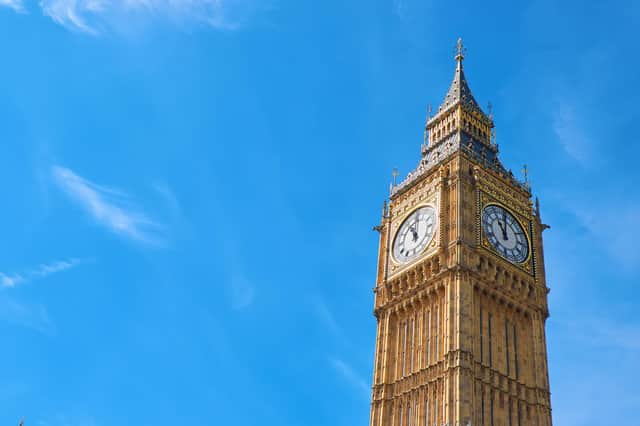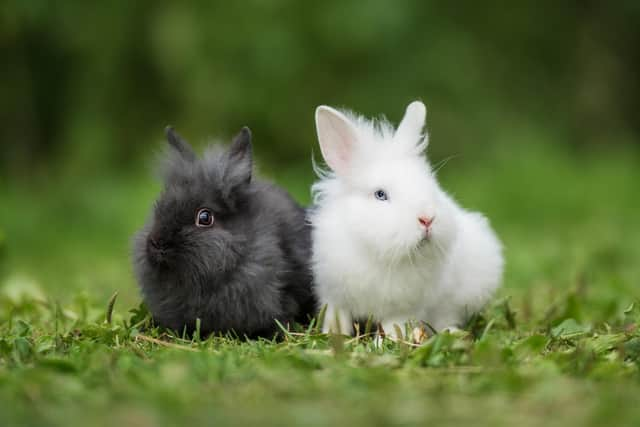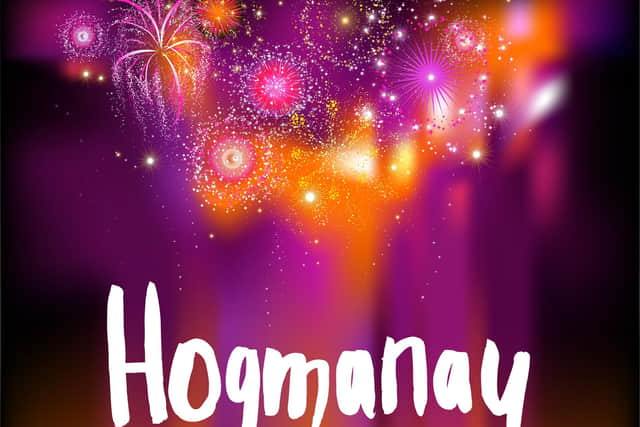New Year traditions are explained as we enter the final phase of 2022


Big Ben’s midnight bongs
Since the clock is considered the symbol of the New Year, one British tradition is closely connected with Big Ben. Thousands of people gather in Trafalgar Square to celebrate the New Year together and see a festive salute.
Together with the blows of Big Ben, people start a countdown. As the clock strikes midnight, they join hands and sing Auld Lang Syne, a Scottish ballad about friendship.


Auld Lang Syne
Advertisement
Hide AdAdvertisement
Hide AdThe old Scottish folk song – the words to which few people know beyond the first line – was adapted by Robert Burns in 1788 after he heard it sung by an old Scotsman.
It reminisces about the good old days and old friendships, suggesting they can be rekindled with kindness and a goodwill drink. The song also serves as a reminder to contact friends and family with whom you may have lost touch.
The anthem caught on as a New Year tradition after Canadian-born bandleader Guy Lombardo got his orchestra to play it on his US television and radio show every New Year from 1929 to 1977.


First-footing
According to this Scottish superstition, the first person to enter a household in the New Year will dictate its fortunes for that year.
Advertisement
Hide AdAdvertisement
Hide AdA “lucky” first-footer is a dark-haired male who arrives bearing a coin, a piece of coal, a piece of bread and a drink, which traditionally would be whisky.
These items are said to represent financial prosperity, warmth, food and good cheer. Dark haired males are preferred because back when the Vikings invaded, the arrival of anonymous fair-haired men on your doorstep would have signalled trouble.


In Worcestershire, the first-footer role has been transferred to the first carol singer to cross the threshold in the New Year.
While in Yorkshire, they’re less fussy about whether the arrival is dark haired or not, but he must definitely be male.
Advertisement
Hide AdAdvertisement
Hide AdBut under no circumstances must a red-head cross the threshold first – that is said to be very bad luck indeed.
In Ireland, guests enter the house through the front door at midnight and leave through the back door, assuming that there is a back door.
It’s unclear exactly why this orderly approach is thought to bring the household good luck.
Nowadays first-footing is much more of a social event and people tend to visit each other’s homes to share an alcoholic drink and, perhaps, some snacks.
Hogmanay
Advertisement
Hide AdAdvertisement
Hide AdThe Scottish name for New Year is Hogmanay and the Scots celebrate with such enthusiasm and merriment that the celebrations run right through until January 2.
All mass festivities take place in Edinburgh, the capital city of Scotland.
Celebrations begin with the launch of fireballs and fireworks. One of the main symbols of Scottish New Year is fire.
There is a belief that when you set a fire, you expel the spirits of the old year and past misfortune. Therefore, people hold a New Year’s parade with torches, light fireplaces and candles in their homes.
Advertisement
Hide AdAdvertisement
Hide AdIt is thought that Hogmanay celebrations grew in popularity when the Vikings invaded Scotland and fires were lit to ward off evil spirits and celebrate the winter solstice.
Around 1583, the celebration of Christmas was discouraged by the Church of Scotland, so New Year became a far bigger thing.
Guisers of fire
In Northumberland (as is the case in a lot of places where alcohol is brewed), there’s the Allendale Tar Barl Festival on December 31, where whisky barrels are filled with burning tar, kindling and sawdust and paraded through the town on the heads of Guisers (the name given to the flame-retardant people carrying the barrels.
A similar parade happens in Stonehaven, near Aberdeen in Scotland. However, the fire is a bit more portable, and often accompanied by pipe bands and drummers.
Advertisement
Hide AdAdvertisement
Hide AdMeanwhile, over in Comrie, Perthshire, a procession called the Comrie Flambeaux travels through the town comprising eight torches, which are ceremonially hurled into the River Earn to cast out evil spirits.
Black rabbits, white rabbits
Just as the clock is about to strike midnight on New Year’s Eve, the tradition in Yorkshire dictates that one should say “black rabbits, black rabbits, black rabbits” and then, as the clock chimes 12, say “white rabbits, white rabbits, white rabbits”.
This is said to bring good luck in the coming year.
Banging away bad
luck with bread
In Ireland, an unusual tradition involved banging the walls of the house with bread as a way of chasing away bad luck and evil spirits.
Some also said it was a way of encouraging good luck and ensuring there would be plenty of bread available over the coming year.
Spick and span
home for New Year
Advertisement
Hide AdAdvertisement
Hide AdIn most parts of Ireland it was considered essential to begin the New Year as you meant to continue. That meant following the old adage that cleanliness is next to Godliness.
With this in mind, families would set about cleaning the house from top to bottom. The burden of the work fell mainly on the women of the household, with some help from the children. Fathers would undertake any repair jobs that were required around the house.
Some families also believed that any outstanding debts should be repaid and cleared, in order to start the New Year with “a clean slate”.
Remembering those
who have died
Staying in Ireland, another tradition involved remembering family members who had passed away that year by setting a place for each one at the dinner table.
Advertisement
Hide AdAdvertisement
Hide AdThe front door would also be left unlatched to symbolise that the family wanted to make it as easy as possible for the spirits of their loved ones to return home.
Mistletoe magic
for lonely hearts
Many singletons would undoubtedly hope that the New Year would at last be the one when they would find that elusive love of their life.
To speed the process up they would observe the tradition of placing a sprig of mistletoe under their pillows. This, it was said, would enable them to see their future partner in their dreams.